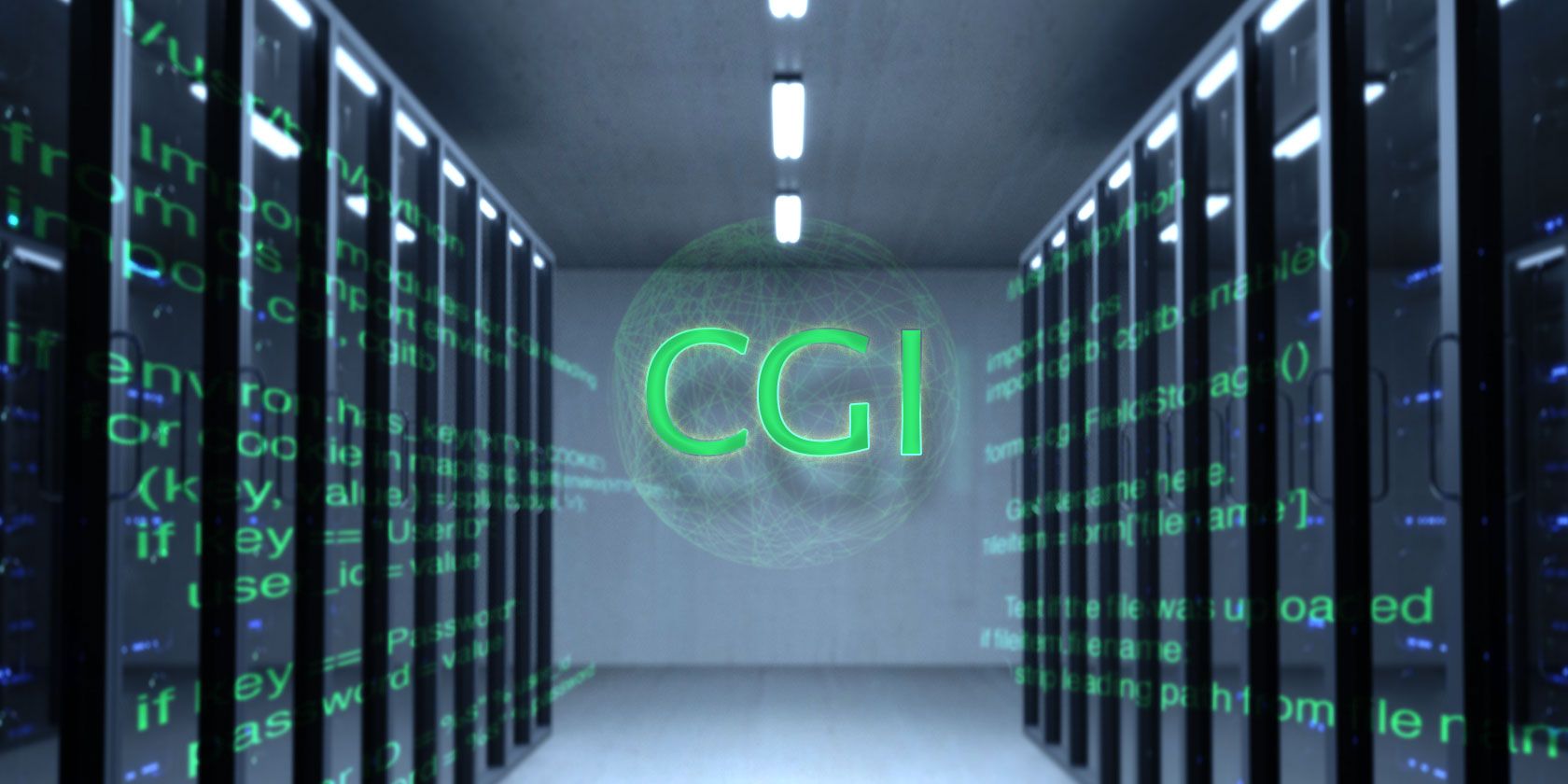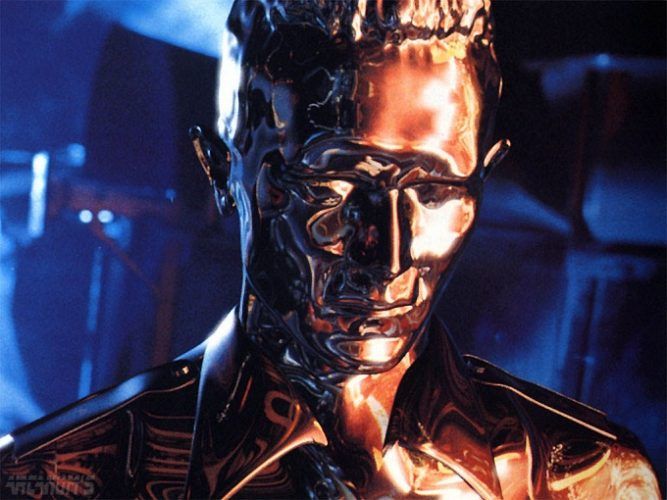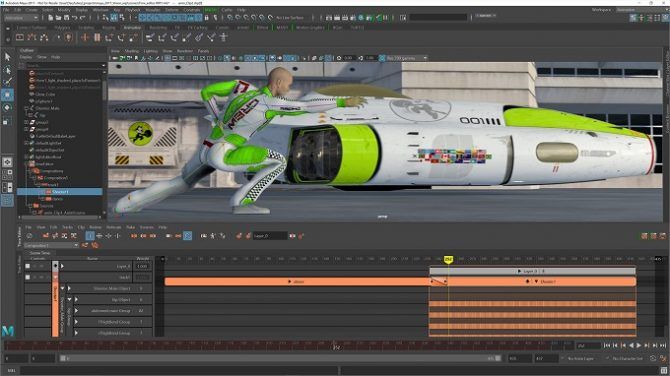
Have you ever watched a Pixar film and wondered what it is about CGI animation that makes for some of the best animated movies? Actually, most of the time, CGI is invisible. If it’s done well, you won’t even realize it’s CGI.
If you’re older, you probably remember Scooby-Doo or The Flintstones occupying your Saturday mornings. But the animations of the 1970s and 1980s are nothing like they are today. By the 2000s, cartoons started looking just a bit more real.
What is CGI animation, exactly? And what is it about CGI animation that gives the characters and overall imagery more realism? And how has the technology evolved? In this article, we’ll answer what you want to know.
A Brief History of Animation
Many decades ago, animators were artists who drew pictures by hand. Traditional animation consisted of a whole team of animators who drew and colored images on a “cel”—transparent celluloid sheets on top of a background image to create a multi-layered frame.
As a result, segments of an image could change from frame to frame without redrawing the entire picture. By manipulating the drawings in each layer between frames, animators would create what many adults today remember as the traditional cartoon.
In a well-known use of animation, the original Star Wars trilogy received a digital makeover after all three prequel movies launched.
Many of the (fairly controversial) changes to Star Wars digital versions were done using this approach, but with computers. They created multiple frames of images each second in order to generate the visual effect of animation.
The Digital Precursor to CGI
As computing processing power increased and the complexity of graphics software grew, animations became more complex than traditional artists could compete with. One of the first popular expositions of CGI was in the late 1990s, with the introduction of the GIF.
GIFs package together a series of static images which progress from frame to frame at a set time interval.

In that sense a GIF is similar to a slideshow—just an extremely specific one. The size of a GIF is typically tiny, reflected in their usually low-quality images. This allowed them to gain popularity when internet speeds were limited.
Now, this is all grade school-level compared to the impressive feats of 3D CGI animation technology today. How did we get from 1990s computer animation to the sort of IMAX 3D animated movies you love to watch? The simple answer is processing power.
CGI Technologies Enter the Modern Era
As a result of Moore’s Law, the cost of computing has gone down while the amount of processing power available has increased. This allows animators to harness increasingly higher-powered computers to create their models.
It became possible for animators to place 3D models in three-dimensional space and make them interact with each other. Gone are the layers from the 2D approach, and in their place came increasingly smaller sections of objects. This level of detail allowed for the realistic output of modern CGI animation.
One of the most notable uses of CGI in the 1990s was in James Cameron’s Terminator 2: Judgement Day. The Terminator T-1000 robots were given a liquid metal form that allowed them to morph into anything they touched.

Alongside this, a small film production studio was gearing up to change the way people make animated films. Headed by the former Disney animator John Lasseter, Pixar created some of the first realistic CGI animations with Toy Story in 1995.
The success of the film and Pixar’s magic animation paved the way for Steve Jobs, who was an investor in the company, to return to Apple and eventually create the iPod.
CGI Becomes Affordable and Goes DIY
The more affordable cost of computing was one of the most profound parts of the technological revolution. This lower cost means that it’s now possible for anyone with a computer and some time to create their own music, writing, and digital animations.

One of the first pieces of CGI software to enter the mainstream was Autodesk’s AutoCAD in 1982. Back then, it wasn’t feasible to run AutoCAD yourself at home.
However, now with its Maya CGI software, you can use the company’s 35 years of experience to create your own digital animations. It’s far from the only option though; the free and open-source Blender provides another option.
Video platforms like YouTube and Vimeo have allowed creators to easily upload and share their work. You can find short professional-grade CGI-based films made entirely with free software. Using a combination of tools like Blender, GIMP, Inkscape, Source Film Maker, and similar, it’s possible to create works of art and video which would have been unimaginable 30 years ago.
CGI: A Revolution Colored by Nostalgia
3D CGI animation has evolved from basic cartoon animation into simulated, highly realistic worlds. By combining physics with art, CGI slices up the world into the smallest segments possible and creates models of how those tiny real-world parts move in a stunningly realistic animated world.
Some lament the decline in traditional animation, and some even feel that CGI is doing more harm to movies than good, but success is hard to argue with. Early CGI releases like Toy Story were such a success that the takeover was all but certain.
Traditional animation will always have its place, with classic cartoons held in reverence. Netflix has plenty of classic-styled cartoons aimed at adults if you’re looking to recapture the art form.
Read the full article: What Is CGI Animation?
from MakeUseOf https://ift.tt/2Cqgf1m

No comments:
Post a Comment